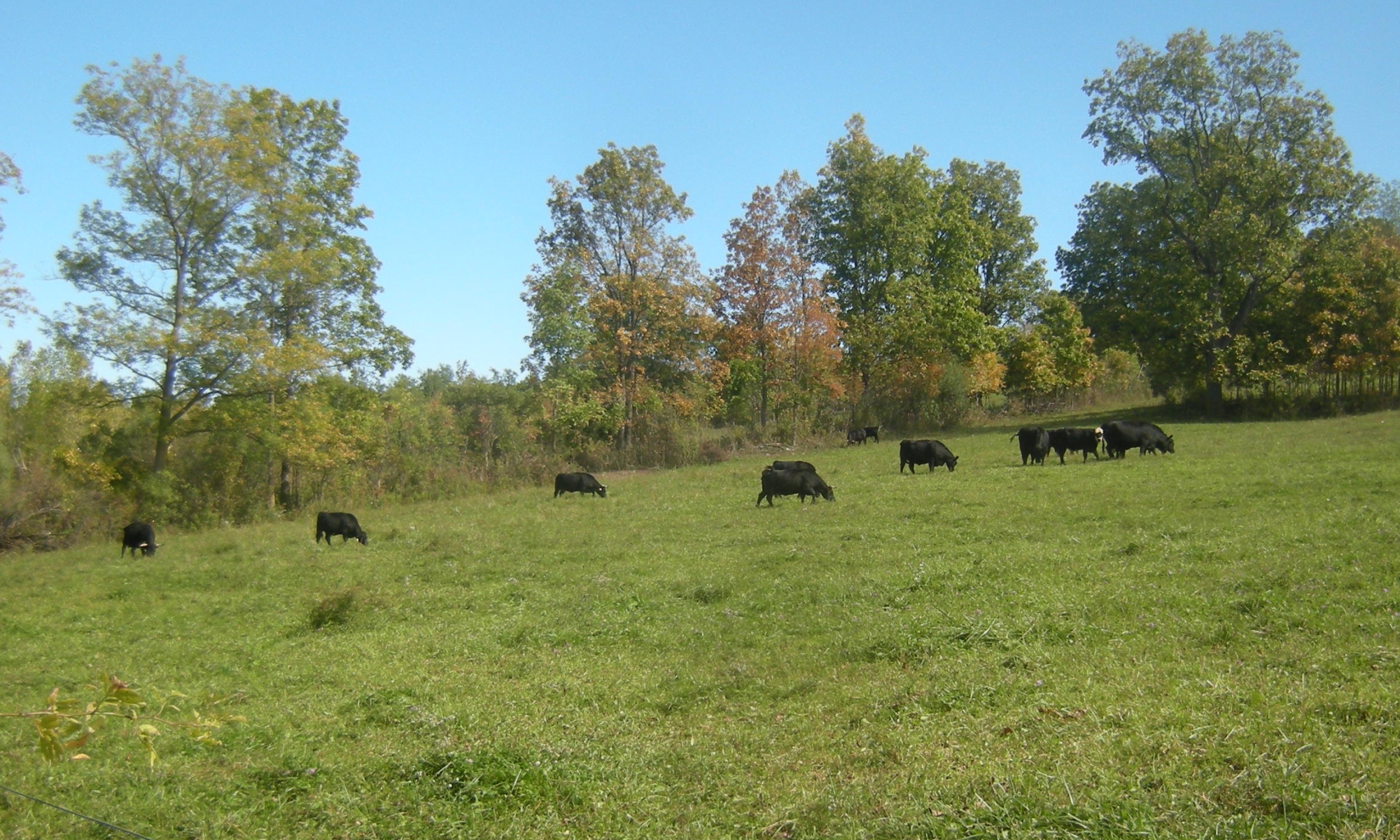 March can have so many different faces. Last week we were looking at 12 inches of snow with paths cleared, but a good snow cover on everything else. With the freeze-thaw pattern – below 32F at night and above during the day – we will see the snow compact and will see some water leave the property, but much will get soaked into the ground.
March can have so many different faces. Last week we were looking at 12 inches of snow with paths cleared, but a good snow cover on everything else. With the freeze-thaw pattern – below 32F at night and above during the day – we will see the snow compact and will see some water leave the property, but much will get soaked into the ground.
If we didn’t have the snow cover, then we would be in mud season.
If it gets warm enough, then we will think about working in the garden and would probably hang the laundry out to dry.
With these different faces, what is one to do in March? Well, we keep doing what needs to be done – feed and water the animals, pitch manure when it is above freezing, cut firewood for the summer and next year.  Then we plan for the summer growing season – what seeds and tubers should be purchased, what chicks or poults will we want, what equipment needs to be repaired. Next we purchase those things and repair broken things. Finally, we learn, read, and take classes related to farming, so that we are better prepared when it is time to do our summer growing.
Then we plan for the summer growing season – what seeds and tubers should be purchased, what chicks or poults will we want, what equipment needs to be repaired. Next we purchase those things and repair broken things. Finally, we learn, read, and take classes related to farming, so that we are better prepared when it is time to do our summer growing.
May you enjoy your March as we enjoy ours!



 And here are some of the chickens eating their feed for the day.
And here are some of the chickens eating their feed for the day.
 Dr. Mark Hyman has just come out with his book “
Dr. Mark Hyman has just come out with his book “ March can have so many different faces. Last week we were looking at 12 inches of snow with paths cleared, but a good snow cover on everything else. With the freeze-thaw pattern – below 32F at night and above during the day – we will see the snow compact and will see some water leave the property, but much will get soaked into the ground.
March can have so many different faces. Last week we were looking at 12 inches of snow with paths cleared, but a good snow cover on everything else. With the freeze-thaw pattern – below 32F at night and above during the day – we will see the snow compact and will see some water leave the property, but much will get soaked into the ground.
 Then we plan for the summer growing season – what seeds and tubers should be purchased, what chicks or poults will we want, what equipment needs to be repaired. Next we purchase those things and repair broken things. Finally, we learn, read, and take classes related to farming, so that we are better prepared when it is time to do our summer growing.
Then we plan for the summer growing season – what seeds and tubers should be purchased, what chicks or poults will we want, what equipment needs to be repaired. Next we purchase those things and repair broken things. Finally, we learn, read, and take classes related to farming, so that we are better prepared when it is time to do our summer growing.